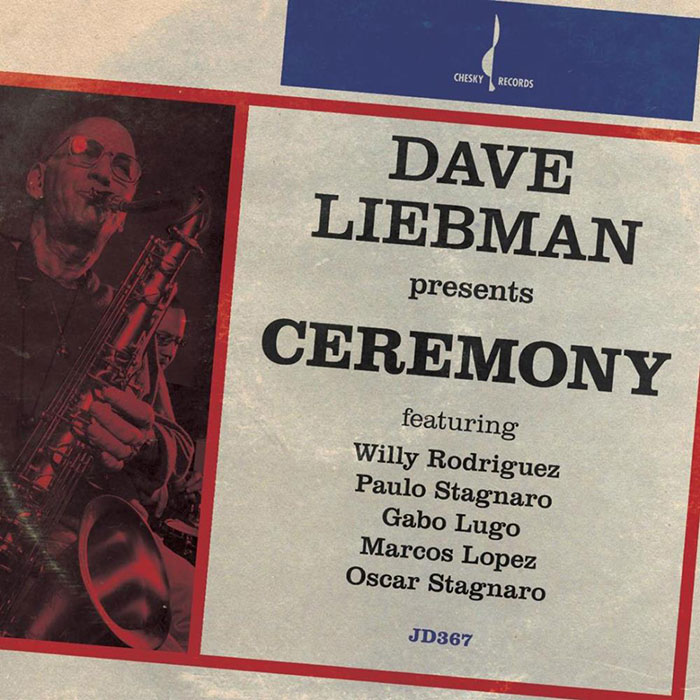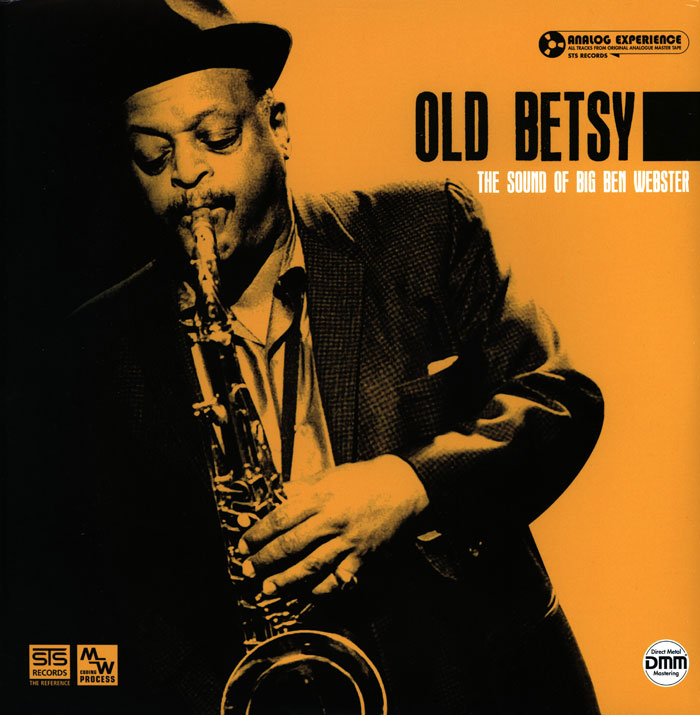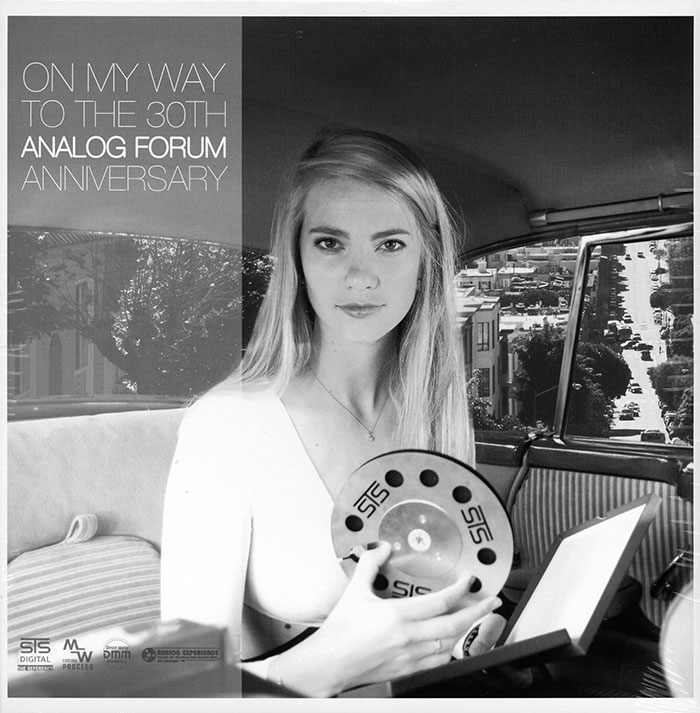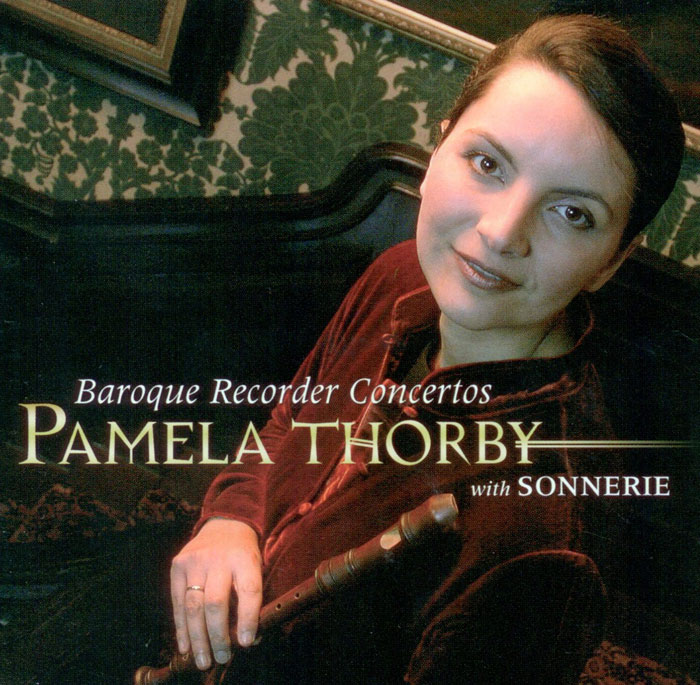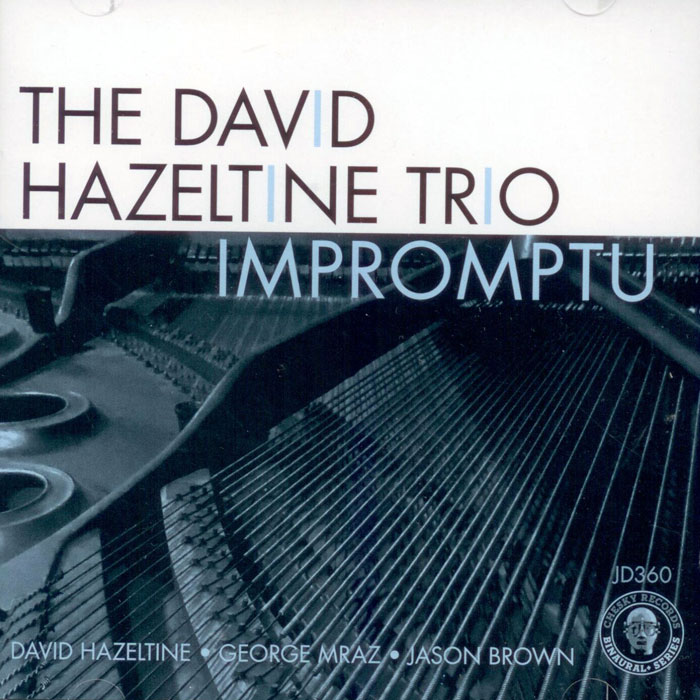Logowanie
KOLEKCJE!
BACH, CHOPIN, LISZT, MOZART, GRIEG, Dinu Lipatti, Otto Ackermann, Ernest Ansermet
The Master Pianist
PROKOFIEV, CHOPIN, TCHAIKOVSKY, SCHUMANN, BEETHOVEN, Martha Argerich, Claudio Abbado, Giuseppe Sinopoli
The Concerto Recordings
The Collection 2
Jakość LABORATORYJNA!
ORFF, Gundula Janowitz, Gerhard Stolze, Dietrich-Fischer Dieskau, Deutsche Oper Berlin, Eugen Jochum
Carmina Burana
ESOTERIC - NUMER JEDEN W ŚWIECIE AUDIOFILII I MELOMANÓW - SACD HYBR
Winylowy niezbędnik
ClearAudio
Essence MC
kumulacja zoptymalizowana: najlepsze z najważniejszych i najważniejsze z najlepszych cech przetworników Clearaudio
Direct-To-Disc
PIAZZOLLA, ChamberJam Europe
Tangos del Ángel y del Diablo
Direct-to-Disc ( D2D ) - Numbered Limited Edition
Dave Liebman
Ceremony
Takich wrażeń dźwiękowych (na słuchawkach) jeszcze Państwo nie doznali!
By JAMES NADAL
Dave Liebman: Ceremony
The most distinguished characteristic of Afro-Caribbean music—as well as its greatest contribution to the jazz idiom—has been the drums. If we take this one step further, the Afro-Cuban tradition of drumming has had the highest degree of influence, and has been readily identifiable, since the Latin dance crazes of the mid twentieth century brought these diverse and intricate rhythms to widespread attention. Noted jazz saxophone master and scholar Dave Liebman, has been tuned into the complexity of these drums throughout his career, and delved deep into its ritualistic connotations in Ceremony.
The record commences with a pair of Liebman rearranged John Coltrane songs. A haunting flute opens "The Drum Thing," introducing the batá drums, which have their origins in revered Yoruba liturgy. Liebman turns to the tenor sax in "Tunji," an ode to African drummer Olatunji, and he switches to his mainstay, the soprano, on "Kulu Sé Mama." Though not penned by Coltrane, this was the title of a significant album of his. The ensemble developed on this record revolves around the percussion, with the bass of Oscar Stagnaro being the guiding coherence which Liebman follows and plays off of.
By the time the record evolves into the "Ceremony" trilogy, Liebman has transformed into a shaman. No longer an instrumental soloist, but an integral part of the call and response mode which has been carefully created by the pulsing drums and hypnotic bass. "Ceremony: Morning," finds him weaving his soprano, conjuring images of snake charmers and desert caravans, as the sun rises in the east. On "Ceremony: Afternoon," the pace is enhanced by the congas laying down a hybrid of a Puerto Rican bomba, and Cuban danzón, as the performers gather in preparation for the festivities. When "Ceremony: Evening," comes around, the clave and timbales set the attitude and syncopation for the hand drum rhythms to soar. The pace quickens, the soprano sax invokes the babalao—the high priest of Santería—chanting praises to the Orishas(dieties), all the while the dance continues long into the night.
"Tardes de Lindóia," brings Liebman back on tenor, to showcase his formidable tone and total domination of a ballad. He switches back to a wooden flute on the concluding "Danza del Pájaro," reminiscent of the charanga flutists who accompanied the classic Cuban comparsas during carnivals.
Ceremony is a most interesting recording as it is a dramatic departure from what is associated with jazz and its more sophisticated instrumentation. But it is ingenious in that Liebman went all the way back to primordial sounds and rhythms to display where it all began. He portrays a profound knowledge that African derived drumming was utilized in sacred rites long before they were transformed into the secular beats of popular music. As with all great jazz artists, it is what he does not play that makes for captivating listening. He let the drums take possession of time and space, went with the flow, and offered an imaginative excursion into the exotic.

Ta płyta została nagrana w technologii Binaural+ (sztuczna głowa) do odtwarzania w systemie dwóch głośników lub poprzez każdy typ słuchawek, umożliwiając odsłuch w systemie dźwięku przestrzennego!
Niezwykłe doznania, nieznane dotychczas wrażenia słuchowe!
Dodatkowym atutem nagrania jest jego pełna dynamika! Ostrożnie z potencjometrem Państwa wzmacniacza.

























